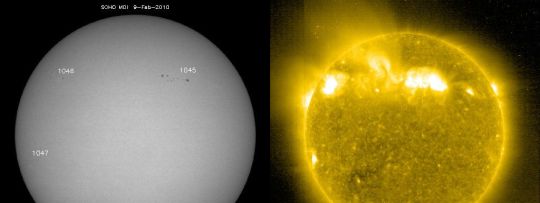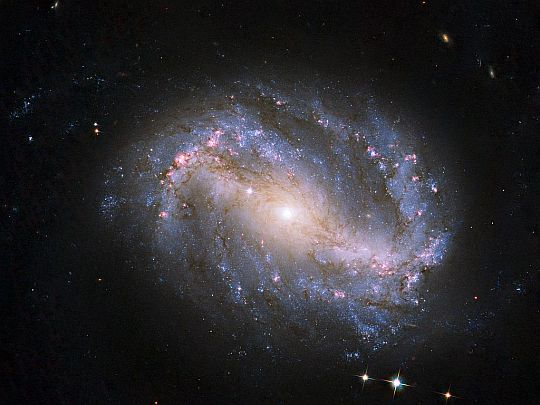Or should it be SUN-IMPACTOR COMET? I saw this yesterday on SpaceWeather.com:
SUNGRAZING COMET: Today, the sun had a comet for breakfast. The icy visitor from the outer solar system appeared with no warning on April 9th and plunged into the sun during the early hours of April 10th. One comet went in, none came out. The Solar and Heliospheric Observatory (SOHO) had a good view of the encounter.
The comet was probably a member of the Kreutz sungrazer family. Named after a 19th century German astronomer who studied them in detail, Kreutz sungrazers are fragments from the breakup of a giant comet at least 2000 years ago. Several of these fragments pass by the sun and disintegrate every day. Most are too small to see but occasionally a big fragment like today’s attracts attention.
This has been an active year for big, bright sungrazers. There was one on Jan. 4th, one on March 12th, and now one today. Normally we see no more than 3 or 4 bright ones in a whole year; now we’re seeing them almost once a month. It could be a statistical fluctuation or, maybe, a swarm of Kreutz fragments is nearing perihelion (closest approach to the sun). Stay tuned for doomed comets!
Click on the thumbnail image for full-size movie.


 Tomorrow night, when the full moon rises over North America, it will be a “blue moon,” the first such occurrence to fall on December 31st since 1990.
Tomorrow night, when the full moon rises over North America, it will be a “blue moon,” the first such occurrence to fall on December 31st since 1990.
